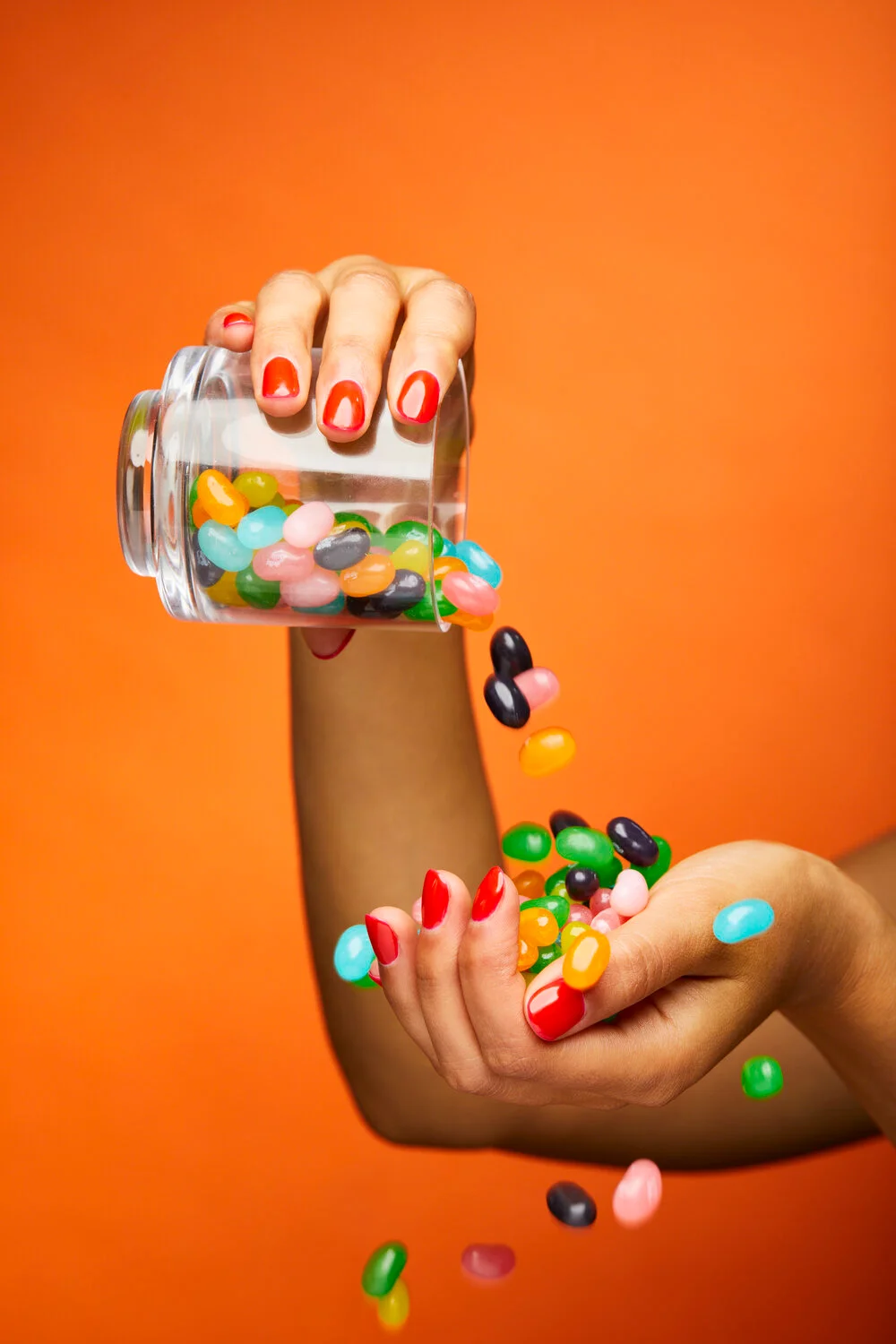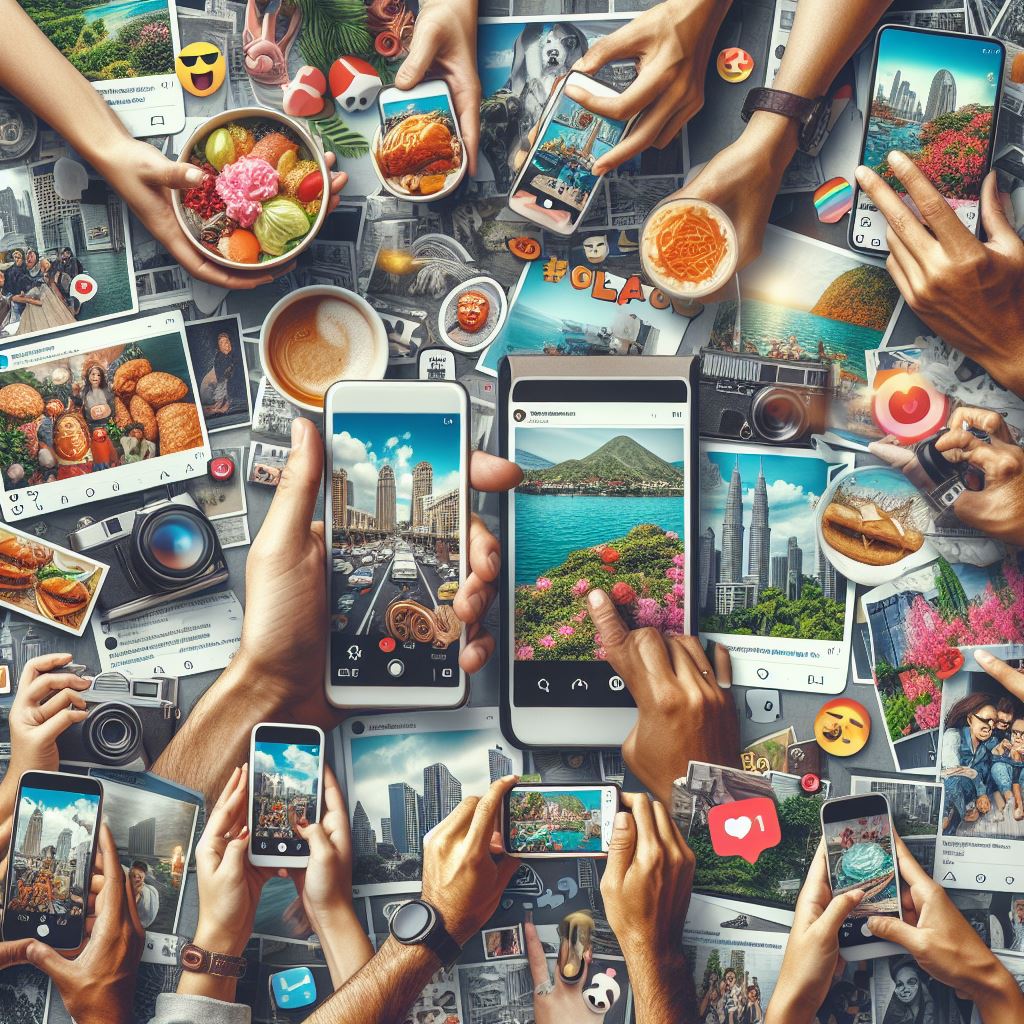The arrival of 5G is set to have a profound impact on the digital advertising industry. This new wireless technology promises faster download speeds, lower latency, and greater bandwidth, which will allow for the development of new and innovative digital advertising solutions. In this blog post, we’ll explore some of the ways that 5G will impact digital advertising.
Improved User Experience
One of the biggest impacts of 5G on digital advertising will be the ability to provide a better user experience. With faster download speeds, users will be able to access and interact with digital ads more quickly, leading to a smoother and more seamless experience. This is particularly important for video ads, which can be slow to load on slower networks.
Greater Personalization
5G will also enable greater personalization in digital advertising. With more bandwidth, advertisers will be able to collect and analyze more data about user behavior, allowing for more precise targeting of ads. This will result in a more relevant and personalized advertising experience for users, which is more likely to drive engagement and conversions.
More Interactive Ads
Another impact of 5G on digital advertising will be the development of more interactive ads. With lower latency, advertisers will be able to create ads that respond in real-time to user inputs, such as swiping, tapping, or shaking their device. This will allow for more engaging and interactive ad experiences that are more likely to capture users’ attention.
Increased Use of AR and VR
5G will also enable the increased use of augmented reality (AR) and virtual reality (VR) in digital advertising. These technologies require a lot of bandwidth to function smoothly, and 5G’s greater bandwidth will make it possible to create more immersive and interactive AR and VR ad experiences. This will allow advertisers to create more engaging and memorable ads that stand out in a crowded digital landscape.
Improved Location-Based Advertising
5G will also have an impact on location-based advertising. With faster and more reliable connectivity, advertisers will be able to deliver more accurate and timely ads based on a user’s location. This will allow for more effective local advertising, which is particularly important for businesses with physical locations.
Greater Use of Voice Assistants
The rise of voice assistants, such as Amazon’s Alexa and Apple’s Siri, has already had an impact on digital advertising, but 5G will take this to the next level. With faster download speeds and lower latency, voice assistants will be able to deliver more accurate and relevant search results and ads in real-time. This will make it easier for advertisers to reach users through voice search and other voice-enabled interfaces.
Increased Adoption of Connected Devices
Finally, 5G will drive the increased adoption of connected devices, such as smart homes, wearables, and IoT devices. These devices rely on fast and reliable connectivity to function properly, and 5G will make it possible to create more innovative and useful connected devices. This will create new opportunities for advertisers to reach users through these devices, such as through personalized notifications, alerts, and other types of messaging.
The impact of 5G on digital advertising is likely to be significant. With faster download speeds, lower latency, and greater bandwidth, advertisers will be able to create more personalized, engaging, and innovative ad experiences that capture users’ attention and drive conversions. As 5G becomes more widespread, it will be important for advertisers to stay on top of the latest developments in this space and adapt their strategies accordingly.
The advent of 5G technology has created new opportunities and challenges for marketers looking to connect with their target audience. With faster speeds, lower latency, and greater network capacity, 5G promises to revolutionize the way we use and interact with technology. In this blog post, we’ll explore some of the key opportunities and challenges that marketers face in the 5G era.
Opportunities
Enhanced Mobile Experience
One of the biggest opportunities presented by 5G is the ability to offer a faster and more immersive mobile experience. With 5G, marketers can deliver more engaging content, such as high-quality videos, augmented and virtual reality experiences, and other interactive features. This can lead to increased engagement and conversion rates, as consumers are more likely to engage with content that is visually appealing and interactive.
Real-Time Personalization
With the increased network capacity and low latency offered by 5G, marketers can provide real-time personalization to their audience. This means that marketers can tailor their messaging and content to the individual needs and preferences of their audience, offering a more personalized experience. This can result in increased engagement and loyalty, as consumers are more likely to engage with brands that provide a personalized experience.
IoT Connectivity
5G technology also promises to revolutionize the way we use and interact with connected devices, such as smart home devices, wearables, and other IoT devices. Marketers can leverage this connectivity to create more personalized and relevant messaging and content, based on the data collected from these devices. This can lead to increased engagement and conversion rates, as consumers are more likely to engage with content that is relevant to their specific needs and interests.
Location-Based Marketing
Finally, 5G technology also offers new opportunities for location-based marketing. With greater network capacity and faster speeds, marketers can use location data to deliver more targeted and relevant messaging and content to consumers. This can result in increased engagement and conversion rates, as consumers are more likely to engage with content that is relevant to their current location and context.
Challenges
Privacy Concerns
One of the biggest challenges presented by 5G technology is the potential for increased privacy concerns. With the ability to collect more data and offer real-time personalization, marketers need to be mindful of consumers’ privacy concerns and ensure that they are collecting and using data in a transparent and ethical manner. This means being transparent about data collection and usage policies, and ensuring that they are compliant with all applicable regulations.
Ad Fatigue
Another challenge presented by 5G technology is the potential for increased ad fatigue. With faster speeds and greater network capacity, consumers may be inundated with more ads than ever before, leading to ad fatigue and decreased engagement. To combat this, marketers need to focus on delivering high-quality, engaging content that is relevant and valuable to their target audience.
Increased Competition
Finally, marketers also face increased competition in the 5G era, as more brands look to leverage the power of 5G technology to connect with their audience. With more brands vying for consumers’ attention, it can be difficult to stand out from the crowd. To be successful, marketers need to focus on delivering unique and engaging messaging and content that differentiates their brand from the competition.
In conclusion, the rise of 5G technology presents both opportunities and challenges for marketers looking to connect with their target audience. By leveraging the power of 5G, marketers can deliver more engaging and immersive content, provide real-time personalization, and connect with consumers in new and innovative ways. However, marketers must also be mindful of consumers’ privacy concerns, combat ad fatigue, and stand out from increased competition to be successful in the 5G era.


























































